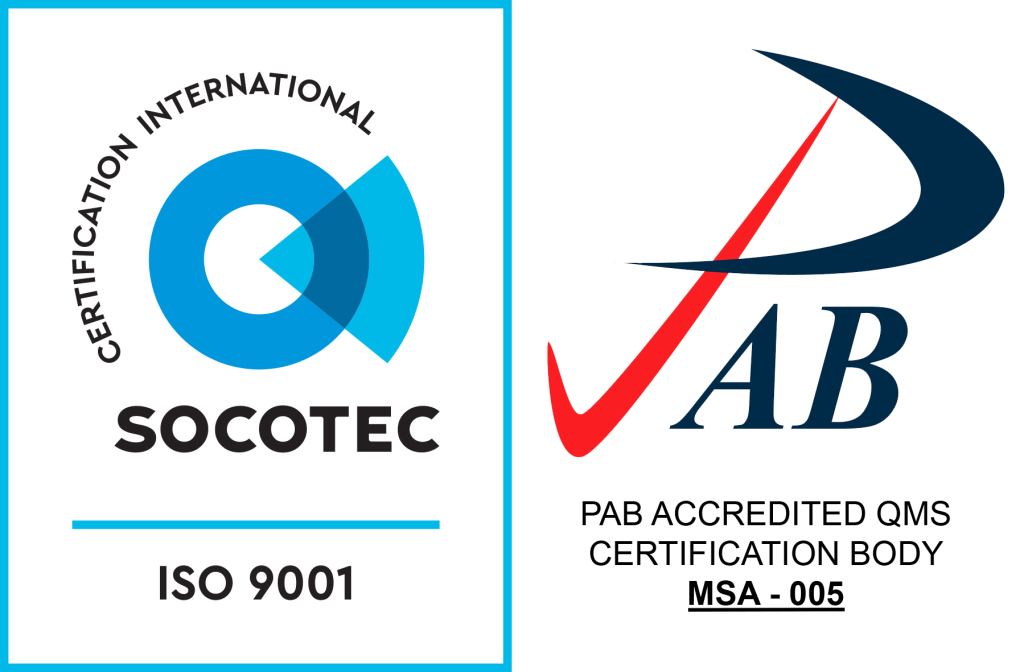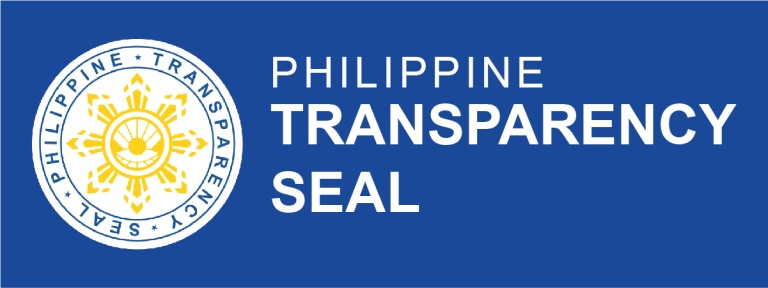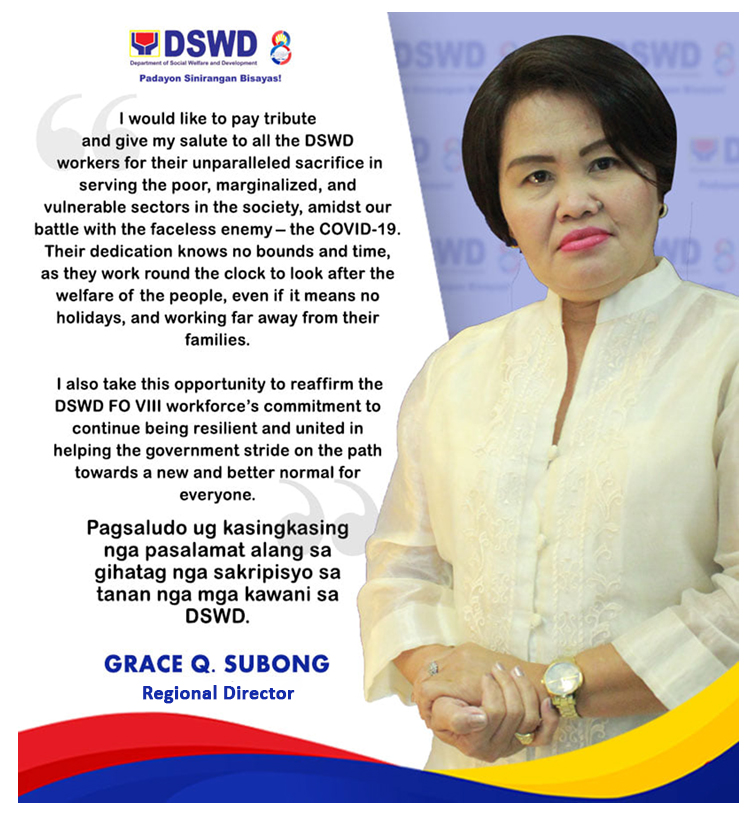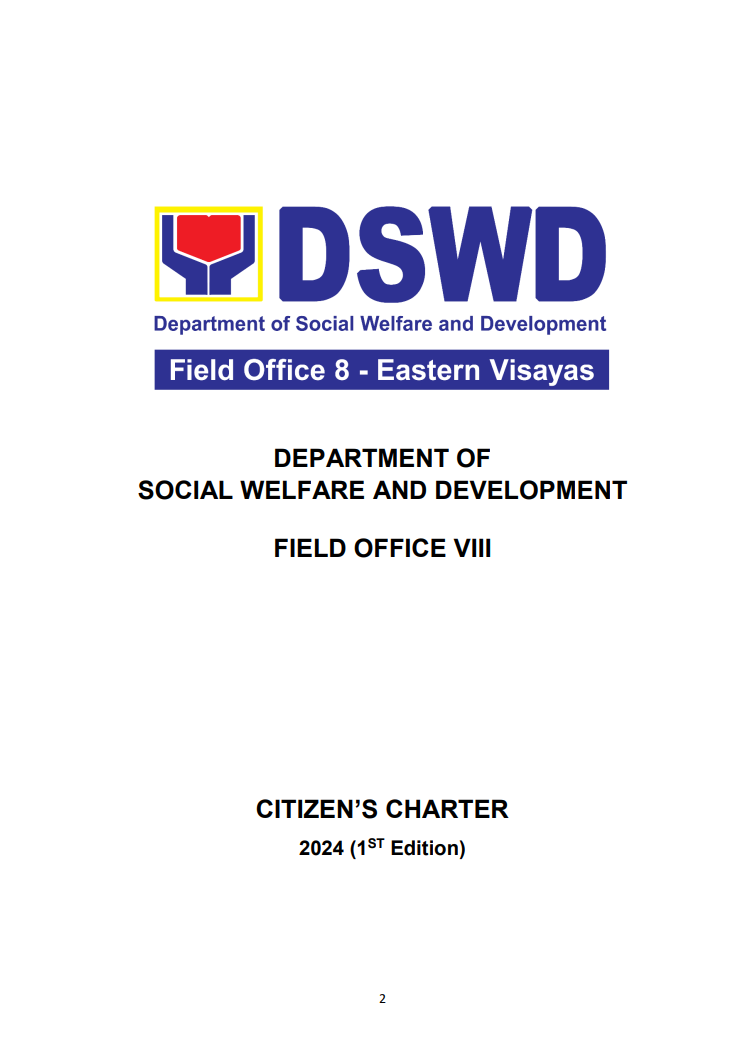Tacloban City – KALAHI-CIDSS implementation in Region Eight helped notched up President Aquino’s performance in alleviating poverty. For the first six months of 2011, 9 types of physical structures that directly responded to community needs have been completed and are now benefiting 5,366 households across Eastern Samar and Northern Samar.
Records show that there are four new school buildings, five day care centers, one health station, one farm-to-market-road, three flood control structures, two pathways, six drainage systems and four water systems. There are also sanitation facilities for three barangays.
In Eastern Samar, some 1259 households are enjoying the benefits of KALAHI-CIDSS sub-projects after going through the processes fostering community participation and improved local governance.
In Northern Samar, 4107 households are also reaping the rewards of community participation and decision-making. Likewise, the local government units have been able to maximize their limited resources to provide for community needs such as school buildings, day care centers, flood control structures, a health station and a farm-to-market road.
According to DSWD Field Office Eight Assistant Regional Director Jaime Eclavea, the number of sub-projects will increase before the year ends. As of this report, there are still 72 ongoing sub-projects. In Eastern Samar, 24 sub-projects are being completed – 11 in Maslog and 13 in Balangiga. In Northern Samar, 62 sub-projects are underway to completion; Mondragon – 7, Laoang – 37, and Palapag – 18.
Eclavea added that there will be a total of 115 sub-projects once the ongoing 86 are done. Project implementation is spearheaded in these provinces by the DSWD Field Office Eight and funded by the World Bank Additional Fund.








